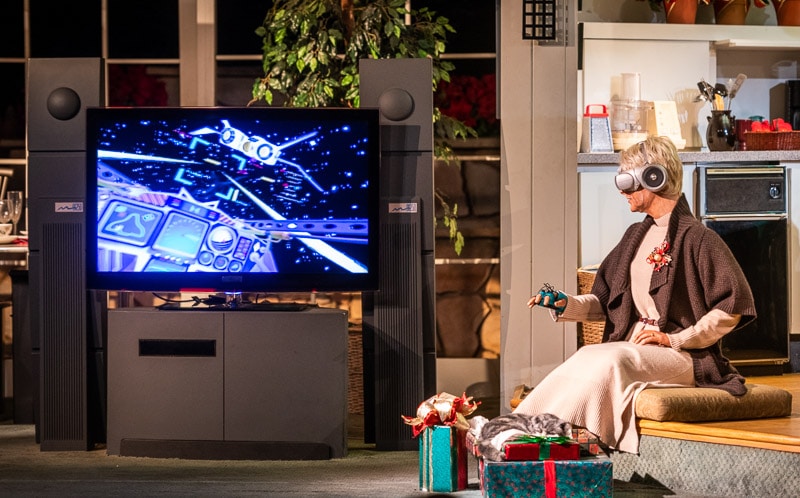
CEO Bob Iger announced that Disney is partnering with the new Apple Vision Pro, and its flagship streaming service will be available at launch and promised much more to come while taking the stage during Apple’s Worldwide Developers Conference. This post shares details, what this could mean for Disney’s metaverse ambitions, and our commentary about Apple Vision Pro.
Iger’s announcement came moments after Apple unveiled its new headset, which will retail for $3,499 and be available for purchase in early 2024. The headset includes a theater option when watching TV shows and movies, such as Disney Plus. Apple touts Vision as a revolutionary “spatial computer” that seamlessly blends digital content with the physical world, while allowing users to stay present and connected to others.
In normal human terms, Apple Vision Pro is a virtual reality or augmented reality headset, that is the latest attempt at making the metaverse a thing. Apple enters an increasingly crowded field that, up until now, has achieved mixed results and been more of a niche product for gamers, professionals, and tech junkies. But unlike all of the competition, it does so with the full weight and resources of America’s #10 most beloved brand…and also the #77 ranked company.
“We’re constantly in search of new ways to entertain, inform, and inspire our fans by combining extraordinary creativity with groundbreaking technology to create truly remarkable experiences. And we believe Apple Vision Pro is a revolutionary platform that can make our vision a reality,” said Iger.
“The first time I tried Apple Vision Pro, the thing that struck me the most was how it allowed us to create deeply personal experiences that bring our fans closer to the characters they love, and more deeply immersed in our stories,” Iger continued. “This platform will allow us to bring Disney to our fans in ways that were previously impossible.”

To demonstrate these experiences, the company showed a sizzle reel depicting its brands, including National Geographic, ESPN, Star Wars, Marvel, and more. Highlights showed a user watching a scene from The Mandalorian and interacting with a virtual recreation of Tatooine from Star Wars, on the field for ESPN broadcasts, and underwater with NatGeo.
Most notably for theme park fans, the sizzle reel showed Main Street Electrical Parade and fireworks in Magic Kingdom coming to life in a user’s living room, while posing the question: what if you could bring Walt Disney World to life in your world?
Here’s the full video of Disney CEO Bob Iger’s presentation from the Apple WWDC:
“We’re so proud to yet again be partnering the greatest storytelling company in the world with the most innovative technology company in the world to bring you real life magic,” Iger said following the sizzle reel before announcing that Disney would be available at launch with Apple Vision Pro.
“These are just a few of the ways we can bring Disney into your world with Apple Vision Pro and we’re looking forward to sharing more in the coming months,” Iger concluded.
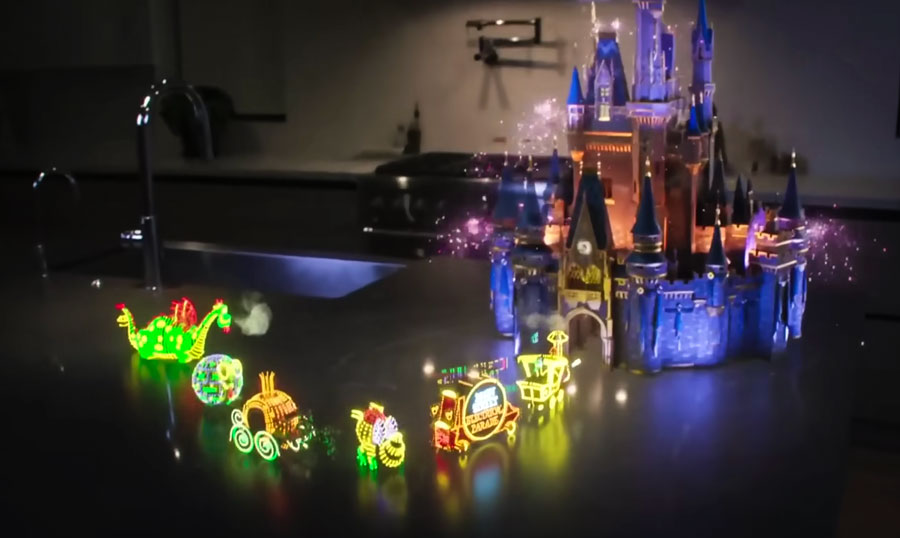
In terms of commentary, it’s worth noting that Iger shuttered Disney’s nascent metaverse division that was started under Bob Chapek during the first round of layoffs and cost-cutting initiatives earlier this year. While layoffs are always sad to see, we didn’t–and don’t–believe that Disney will be the company to gain market share in the metaverse.
As we pointed out then, mainstream commentators consistently overestimate Disney’s tech prowess and are overly charitable in their assessments of the company’s ability to make inroads despite all evidence to the contrary. Disney’s metaverse division might as well have been a money-burning division. Same result in the end. Disney is not a tech company.
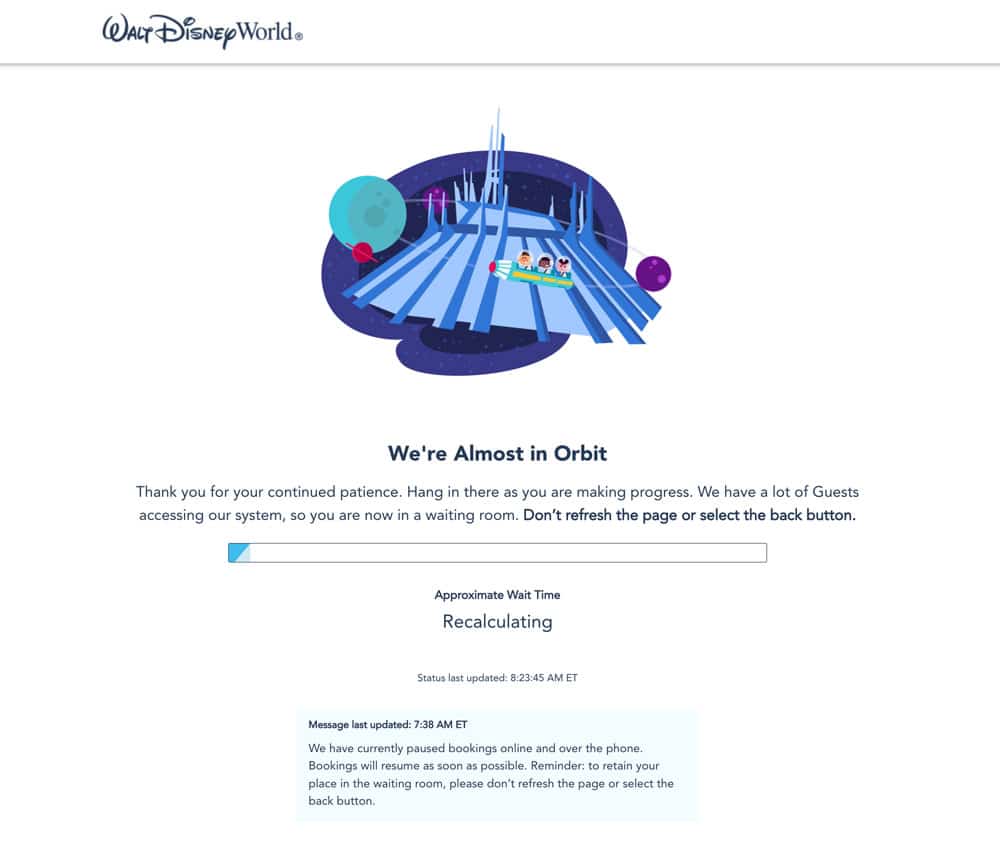
It should go without saying, but this partnership with Apple on Vision is not a pivot from an in-house metaverse division. It’s not like Disney’s teams stopped working on their own vision for the metaverse a few months ago and picked up the Apple project at that time. More likely, the Apple Vision Pro partnership began during the first Iger regime, as he’s always expressed an admiration for Apple and willingness to partner on its projects. A few years later, Chapek decided that Disney should pursue the metaverse on its own.
Regardless of the timeline, partnering with Apple is the correct move for Disney. I wouldn’t say the metaverse or AR/VR are the future, but they do have a place in the future. Just as with streaming services, there will be massive winners and losers, as the space only has room for so many companies. Unlike Disney+ and Hulu, which will be winners in the streaming wars, Disney’s foray into the metaverse would have been a complete loser. Apple’s probably will not. Disney is backing the right horse here.
Without getting too in the weeds, it’s likely that this partnership has the financial backing of Apple, as Disney+ on day one gives Apple Vision Pro credibility. Ditto having Bob Iger appear on stage at the WWDC to talk up the Vision headset. Working on Apple’s goggles will also give creatives at Disney the necessary experience in this space that can be applied to future endeavors. All at (likely) minimal expense to Disney. Definitely a win-win, and a sharp contrast to the in-house metaverse money-burning division that Disney was previously pursuing.

As for the promises of Apple Vision Pro and how Walt Disney World fans can hope to experience the parks at home, the jury is out on that. My expectation is that there will be fully immersive nighttime spectaculars (like a heightened version of those that are/were on Disney+), plus some limited park walk-through videos.
I would expect this type of thing to be aimed at creating hype and anticipation for in-person Walt Disney World vacations, rather than a substitute for them. (Why would Disney want to risk cannibalizing attendance, even a little bit? A vacation costs several thousands of dollars–watching an immersive video is free.)
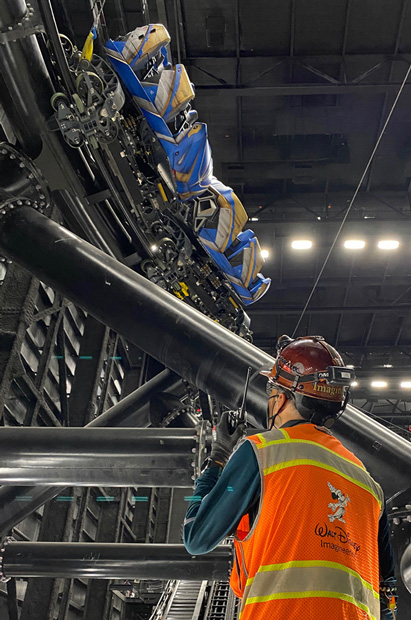
The possibilities are endless for what could be done, but I have incredible skepticism about what will actually come to fruition. Disney+ is now over 3 years old, and the amount of parks-related content that entices people to book Walt Disney World or Disneyland vacations is, frankly, embarrassing. And there, we’re just talking simple stuff like sizzle reels about parks, lands, attractions, etc.
The days that Guardians of the Galaxy: Cosmic Rewind and TRON Lightcycle Run launched, there should’ve been ‘making of’ puff pieces on Disney+ with Imagineers. Instead of creating a catalog of content like “Harmonious Live,” Disney+ removed that. For all of the bluster about synergy and brand deposits, Disney can be surprisingly bad at this sort of thing. (See also, Mirabel still not having a permanent presence in Magic Kingdom!)
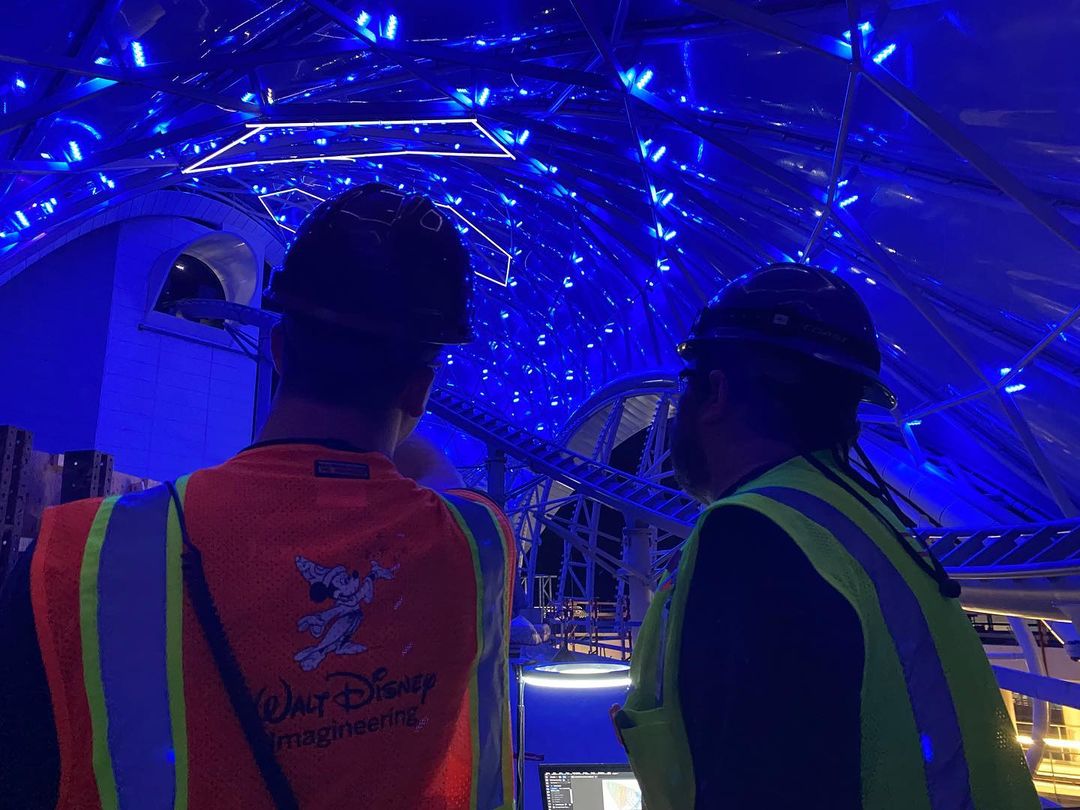
So, yeah, there are a ton of collaborative possibilities between Apple and Disney that harness the power of Apple Vision Pro and offer an incredible experience at home. These could be leveraged in ways that enhance and excite, making people more inclined to take trips to Walt Disney World and Disneyland. The fruits of this partnership are endless, and it’s exciting to think about.
Unfortunately, past precedent throws cold water on a lot of those possibilities. I’d love to be wrong and hope Disney comes around to actually embrace synergy in meaningful and beneficial ways instead of just paying face to it. In the meantime, my expectation is that the best Walt Disney World content on Apple Vision Pro will come courtesy of YouTube, where independent and “small-time” creators will (again) manage to outdo Disney despite significantly more limited resources and access.

With that said, if we’re just daydreaming…what I’d really love to see is Disney+ add a catalogue of virtual extinct attractions from Walt Disney World and Disneyland that could be fully explored. Imagine going 20,000 Leagues Under the Sea or flying alongside the dreamcatcher with Figment and Dreamfinder!
Not only would that be an awesome nostalgia trip, but it’d be a way for the company to introduce these attractions and characters to new generations, potentially reviving otherwise dormant theme park intellectual property in the process. (Even if Disney doesn’t pursue this itself, it’s only a matter of time before independent creators do.)

While we’re on the topic of Journey into Imagination, how about Apple sponsoring the pavilion and using that company’s deep pockets to fund an overhaul that uses augmented reality along with elaborate physical sets for something truly imaginative?! Apple did just acquire the AR headset company behind Mario Kart at Super Nintendo World, so this isn’t really that far-fetched.
Given that acquisition and the promotional budget that Apple could afford for bringing ‘awareness’ to Vision, a ride reimagining for Journey into Imagination could be quite lavish and envelope-pushing. Personally, AR would not be my first choice for an Imagination overhaul, but it’s light years better than the status quo, and something like this is probably the best way to get serious funding!

Turning to commentary about the Apple Vision Pro device, we’ve previously warned readers to never bet against James Cameron and Bob Iger. Both of those words of caution were vindicated, with the former “improbably” having lightning strike twice with the Avatar franchise and the latter returning to helm Disney again (although the jury is still out on whether that’ll improve or damage Iger’s long-term legacy).
Well, you can add “never bet against Apple” to those admonitions. Vision Pro is already being viciously mocked online, with critics pointing to about 3,500 reasons why the Apple Vision Pro is doomed to fail. But Apple has been down this road before, with detractors questioning their foray into the MP3 player market, releasing a pricey phone at a time when most carriers were giving them away, making an iPhone “but bigger” with the iPad, and so much more.
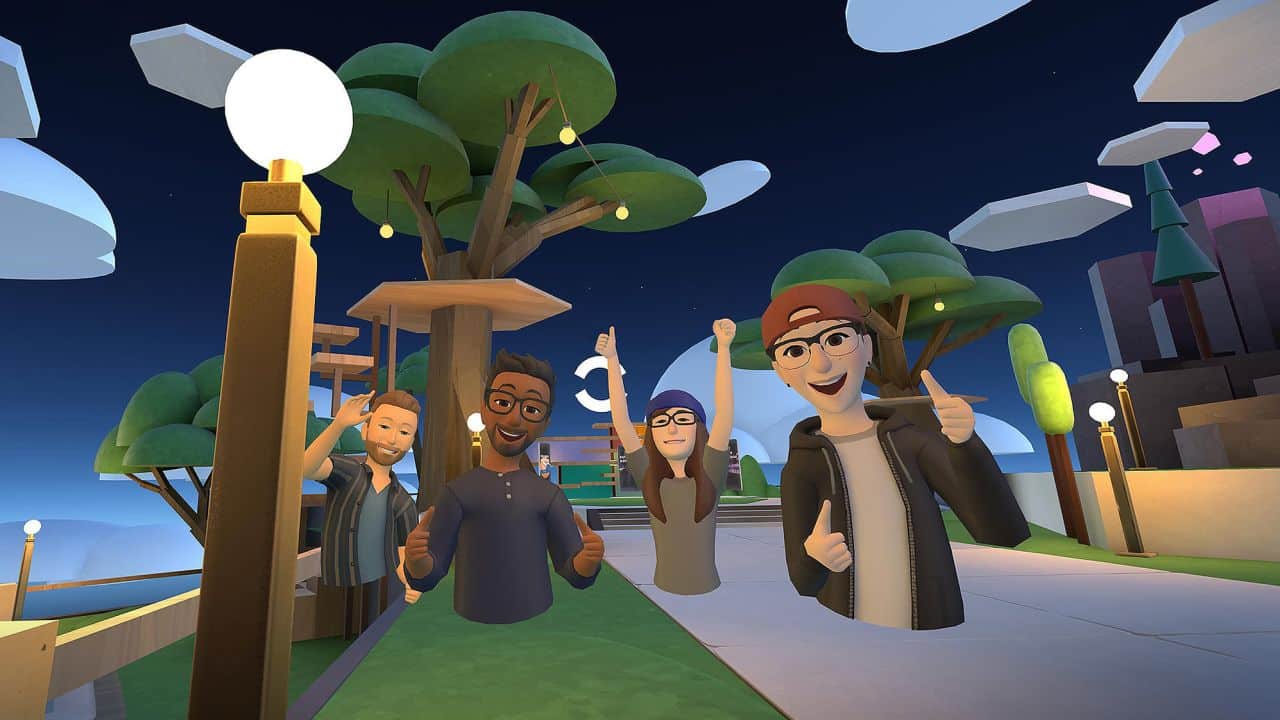
Time and time again, Apple has also been vindicated. The company’s track record speaks for itself, with far more hits than misses. In fact, they’ve had far more grand slam home runs than they’ve had strikeouts. It’s thus difficult to take seriously the criticism of armchair quarterbacks who haven’t achieved a modicum of that same success in their entire lives.
Frankly, that includes me. I’ve expressed a lot of skepticism of the metaverse, and have hesitations about Apple’s foray into that space (or rather, “spatial commuting,” as they’ve rebranded it…because of course they have). This time will be different, I tell myself, fully aware of how many times other people have uttered those words about Apple and been thoroughly embarrassed in the long run.

Much of the conversation around Apple Vision Pro right now is stupid and superficial. People knocking the price point, bulkiness, and general form factor. All of this is certainly valid from a consumer perspective in deciding whether or not to purchase the first generation device.
However, that’s less true when assessing the product line’s future viability. What Apple is doing here strikes me as releasing a proof of concept product to recoup some R&D costs, while enlisting its super fans–who they know will purchase anything the company releases–as unpaid product testers so the company can more easily iterate on the Vision. This is for the earliest of early adopters; it’s not yet for mainstream audiences. Fun as dunking on it might be, those criticisms strike me as premature.
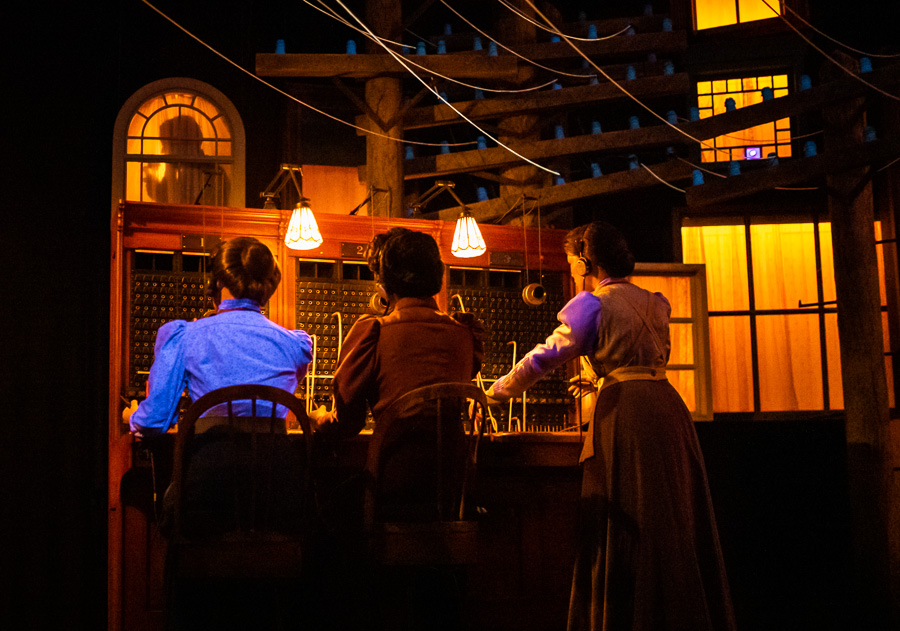
With that said, I must admit that there is a significant part of me that wants this to fail. For all of its promise and potential to bring us together, technology has done as much or more to isolate us. We walk around all day with our faces buried in screens; rather than chatting with strangers in face-to-face settings, we are inclined to pick up our phones the moment there’s downtime or an uncomfortable silence. Our fixation with the virtual world has stressed the social fabric, and we are collectively worse for it–even as some aspects of our lives have undoubtedly improved.
Goggles like this accelerate that already disturbing trend, and will further isolate people from one another in public spaces if widely adopted and used in day-to-day life. If products like Apple Vision Pro become socially acceptable to wear in public, we will lose more of the small but meaningful interactions that make us human. That might sound like doom and gloom or fear mongering, but the concerns are well-founded.
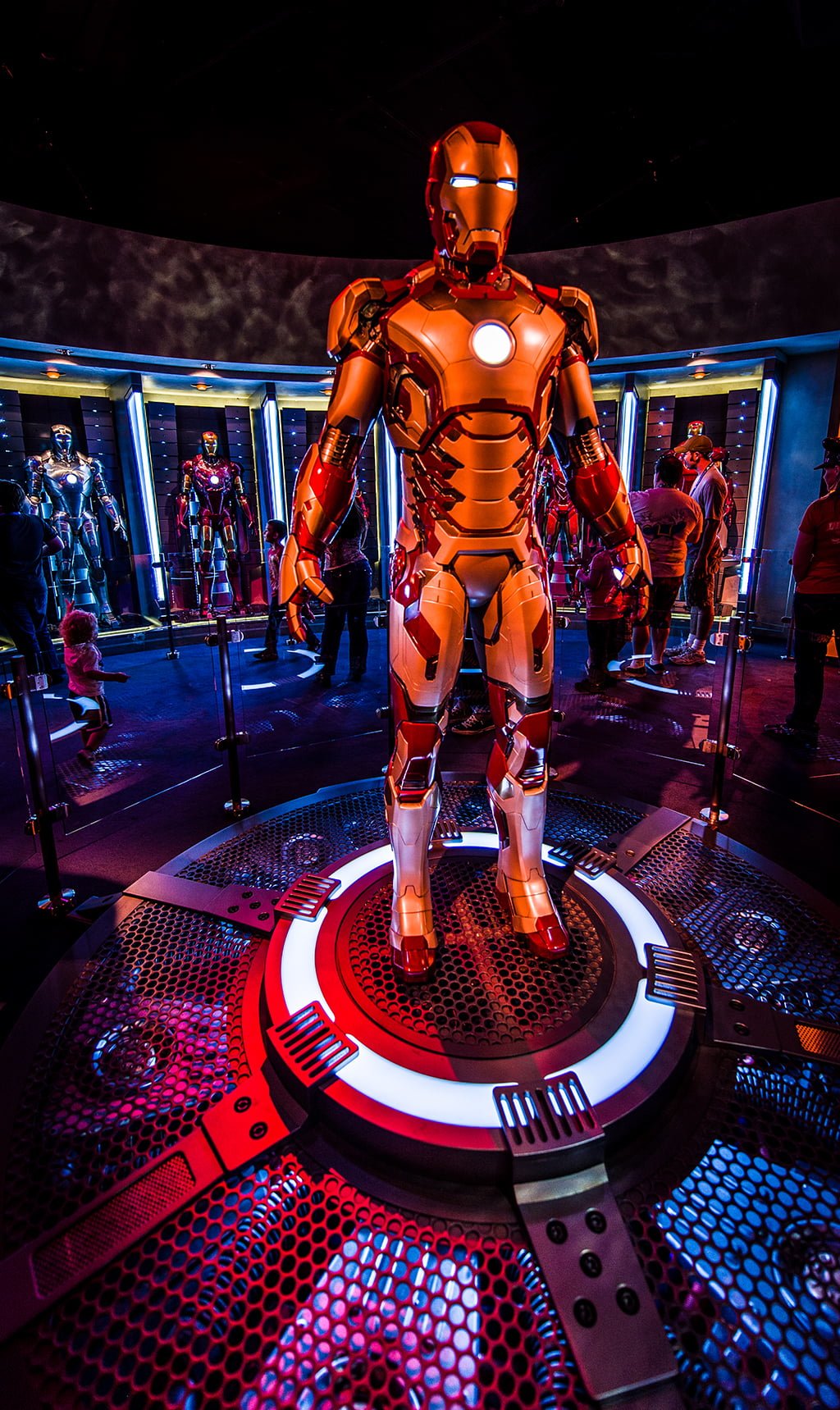
However, I also think that comes with a very big “if.” If Apple Vision Pro becomes socially acceptable to wear in public spaces. My guess is that it will not. A lot of communication and socialization occurs nonverbally, something we re-learned a few years ago. Even once the technology gets to a place that makes these goggles less bulky and cheaper (and it will), there remains a strong possibility that wearing Vision will be a public faux pas, or the domain of the dorky.
A decade ago, Google Glass learned precisely that lesson–that this kind of wearable was simply a bridge too far for average Americans. In fairness, Apple is perceived as far “cooler” of a brand, and able to curate culture with relative ease as compared to Google or really any tech company. So perhaps that’s the secret sauce that will allow goggles to gain a toehold.
Or maybe tech evangelists in Silicon Valley are truly disconnected from the rest of human civilization, unable to see beyond their own bubbles where products like this capture the imagination and are deemed the future of humanity.

Personally, I’m skeptical. While I don’t think there’s any putting the genie back in the bottle when it comes to the ubiquitousness of technology in society–nor should there be, as there are tangible benefits–I do think that younger generations are becoming, and will continue to become, more cognizant of the dangers of living online and benefits of disconnecting. This is already happening.
Even as Gen Z replaces Millennials (and we replace Boomers) as the generation that’s randomly reviled for “causing” society’s woes, they are more technologically literate than older generations and have a clearer view of these products (TikTok being the one big blindspot). And there’s certainly no reason to believe that older generations will be the early adopters of things like Apple Vision Pro, giving them the necessary market penetration. So who, exactly, is this for? What’s the path to it becoming as popular as the iPod or iPhone?
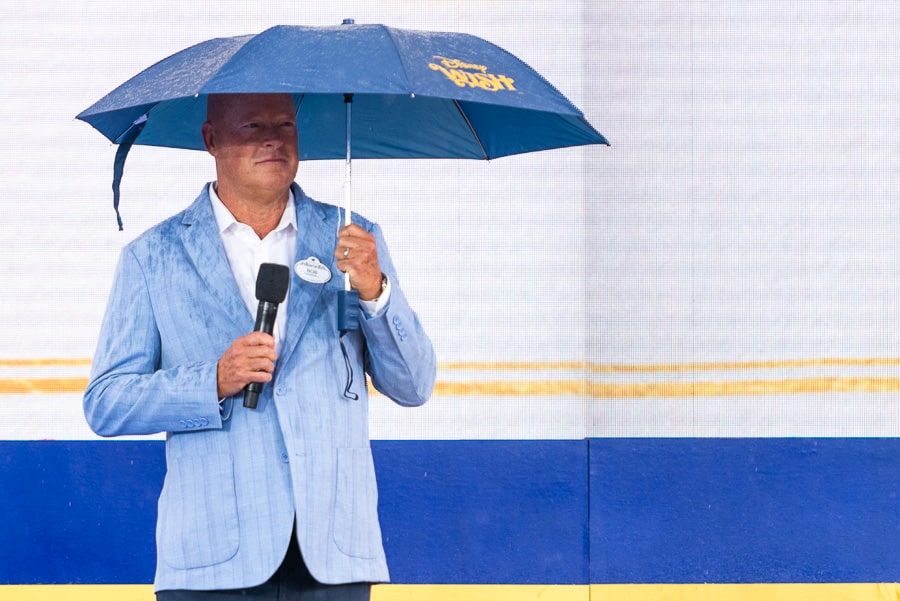
Bringing this full circle, perhaps it’s fairer to say that you should “never bet against Steve Jobs.” The visionary who–against the odds and contrary to the criticism–brought the iPod, iPhone, iPad, and so many other game-changing products to market. Since his untimely passing, Apple’s track record has been far more hit or miss. The company has achieved massive success in the Tim Cook era, but it’s arguably of the iterative variety, rather than the result of any revolutionary products.
Even if you’re the most ardent Apple enthusiast who thinks Cook and co. can do no wrong, you have to admit that people and companies are not infallible. James Cameron had Piranha II: The Spawning. Bob Iger had Bob Chapek. Heck, the Walt Disney Company literally just had the Star Wars: Galactic Starcruiser boondoggle (the most recent of a long list of misfires). So the idea that anyone gets it 100% right, 100% of the time is absurd.
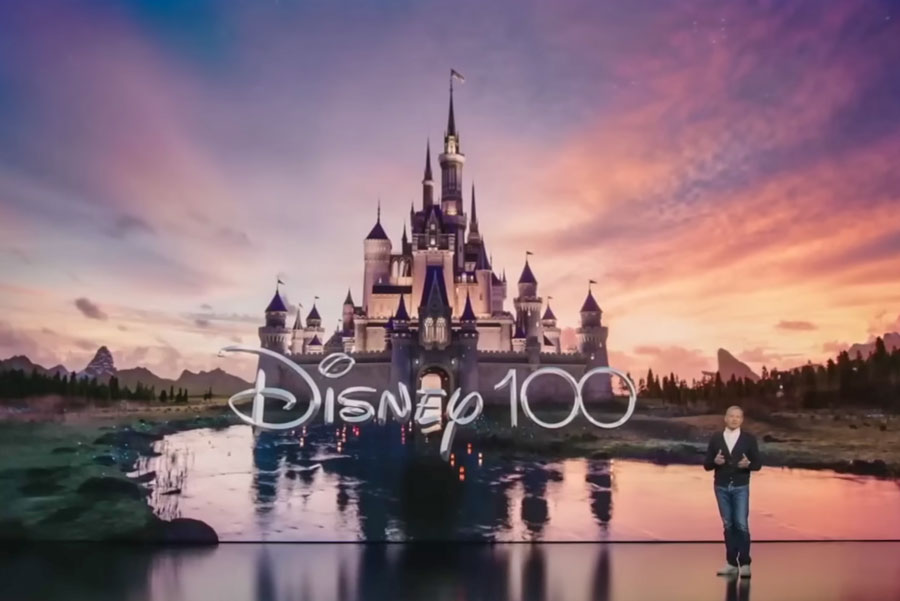
Ultimately, that’s more or less where I’m at with Apple Vision Pro. This is a company I won’t bet against, and if anyone can make the metaverse “cool” and will it into existence, it’s Apple. They have unparalleled resources, vision, and brand loyalty that could end up making fetch happen, so to speak.
Despite all of the above pitfalls, I actually hope Apple Vision Pro does catch on to a certain extent. While I do not want headsets becoming ubiquitous in public spaces for all of the aforementioned reasons, I do think there are some interesting use cases for home entertainment, workplace collaboration, and accessibility. Accordingly, Apple Vision Pro seeing adoption on par with the Apple TV or other middling product lines is the sweet spot from my perspective.
From Apple’s perspective, that would probably make Vision a failure. It’s likely that company has invested exorbitant sums on R&D to bring Apple Vision Pro to market, so anything short of it being a revolutionary and widespread consumer product on par with (at least) the iPad is probably falling short. Here’s hoping Apple showers some of that money into content and/or sponsorships that benefit Walt Disney World fans! I guess we shall see what happens with Vision and its competitors in the years to come.
Planning a Walt Disney World trip? Learn about hotels on our Walt Disney World Hotels Reviews page. For where to eat, read our Walt Disney World Restaurant Reviews. To save money on tickets or determine which type to buy, read our Tips for Saving Money on Walt Disney World Tickets post. Our What to Pack for Disney Trips post takes a unique look at clever items to take. For what to do and when to do it, our Walt Disney World Ride Guides will help. For comprehensive advice, the best place to start is our Walt Disney World Trip Planning Guide for everything you need to know!
YOUR THOUGHTS
Thoughts on Disney partnering on Apple Vision Pro? Will you be a day-one early adopter of these new $3,500 goggles? Will you wait until subsequent generations when the price and size come down? Or, is AR/VR/metaverse definitely not your cup of tea? What Walt Disney World or Disneyland content would you like to see made for Apple Vision Pro? Thoughts on an attraction that Apple could sponsor and reimagine into an AR ride? Do you agree or disagree with our assessment? Any questions we can help you answer? Hearing your feedback–even when you disagree with us–is both interesting to us and helpful to other readers, so please share your thoughts below in the comments!





